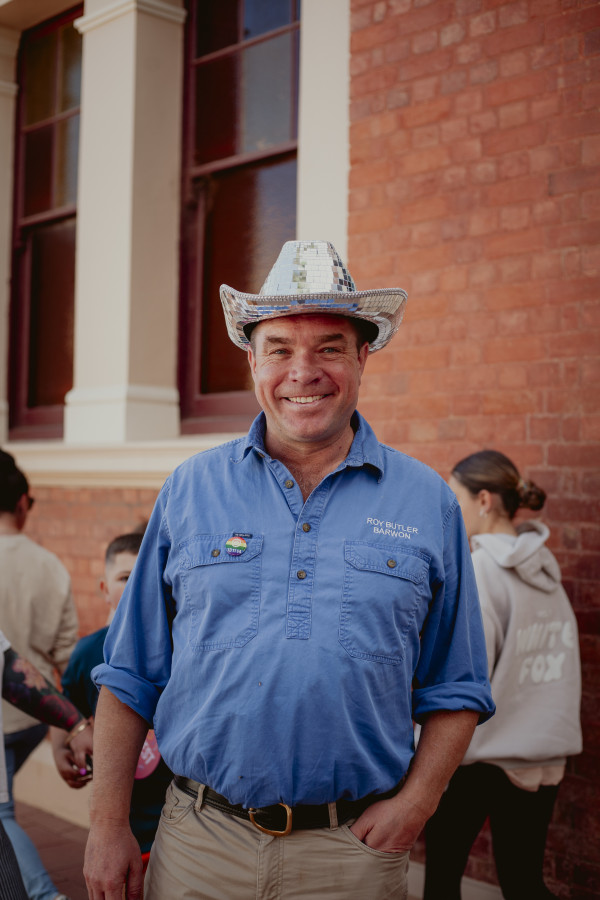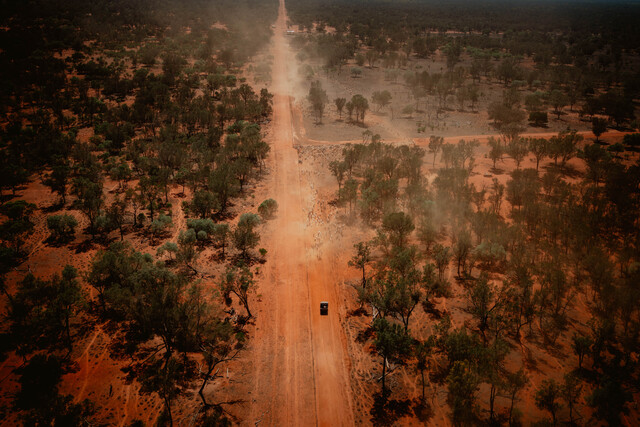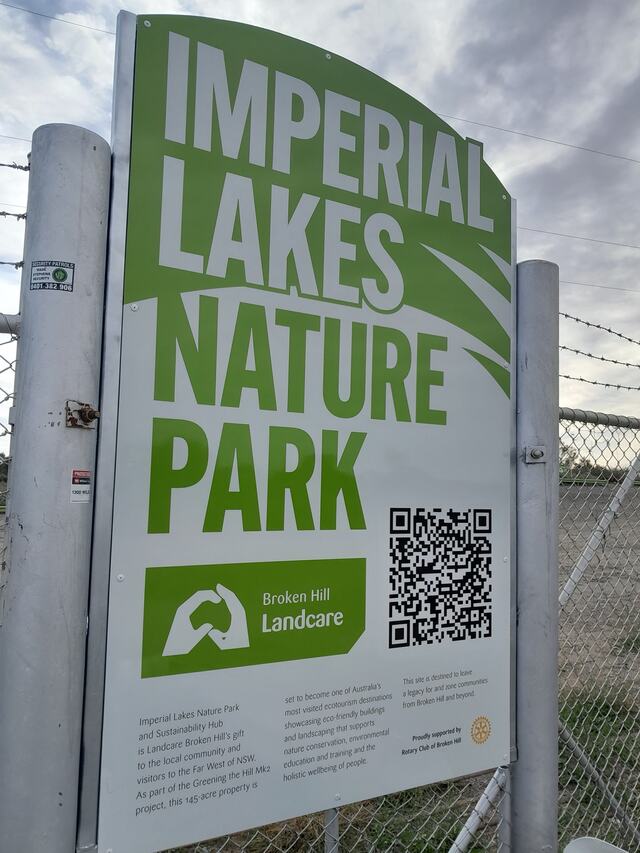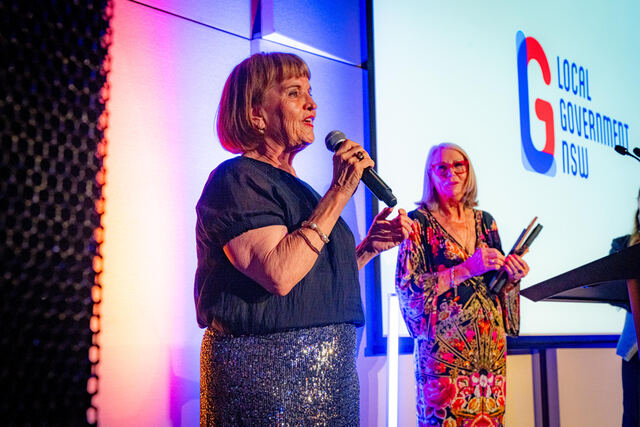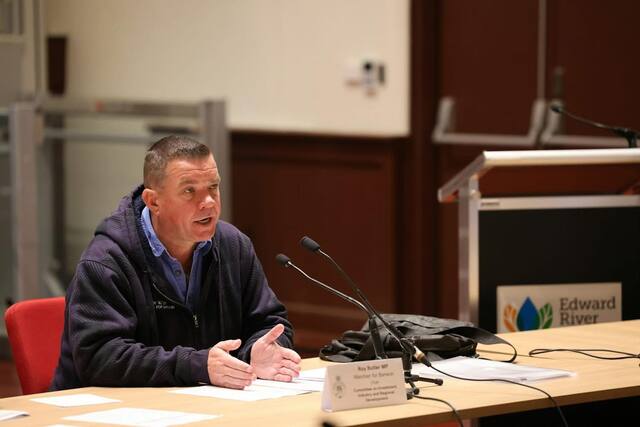A STRUCTURED approach to drought is needed if Barwon is going to get through any future droughts.
Member for Barwon, Roy Butler, put a notice of motion to Parliament on May 15.
Mr Butler wanted the Government to acknowledge the flooding and drying conditions of his electorate.
He wants to see both Federal and State Governments work together to develop a structured approach to drought.
Mr Butler said coming out of the worst drought in European history for New South Wales saw the downfall of a lot of communities.
“We had people, family farmers, selling their farms, getting out of farming,” he said.
“We had businesses closing and people leaving town.
“When you look at the economic makeup of Barwon, most of the towns have agriculture as part of their economic table.
“Some have mining, there’s another leg on their economic table, and tourism is growing across the whole electorate.
“But agriculture is a mainstay in almost every community.
“When agriculture’s not doing well, whole communities suffer, the people who sell the chemical and the seeds and the parts for tractors, they all suffer.”
Mr Butler said when he talks about a structured approach it is based on the United Nation’s definition of the three levels of drought.
“You have meteorological drought, which is a lack of rain. So the conditions are not good,” he said.
“Then you go to hydrological drought, which is a lack of water in your aquifers, your lakes, rivers, and storages, and then you go to a full-blown socioeconomic drought, which is where we were in 2019, particularly until it rained.
“So the two parts to it are, what does assistance look like on the way into drought and what are the thresholds that define meteorological, hydrological, and socioeconomic drought?
“How do we make sure we keep people on farm? How do we make sure we keep businesses in town?
“Because if we lose those people, it’s going to be very hard to bring them back and get them back into those businesses or into those farms.”
Mr Butler said it was about getting assistance to ensure people can get through the drought.
“How do we ensure that people can put a crop in the ground that they can basically get started again? Because if you’ve depleted your funds, you’ve let staff go, you, you’ve done all the things that you’ve needed to do to get through the tough time. How do we make sure you get back on your feet?” he said.
Mr Butler said there is a lot of information out there on drought support but there is no plan.
“We’ve had an incredible sort of five, six years now,” he said.
“We’ve had population growth, we’ve had good seasons, and that’s been wonderful for my whole electorate, we’ve done really well.
“That said, we’re only probably, if we don’t get good rain reliably, we’re three – six months away from being back in the grip of drought.
“So we’ve already got parts of New South Wales that are drying.
“In an electorate the size of mine you can have a flood at the same time as a drought.
“I can see is that drying has been worrying people, especially down around Menindee, south of Menindee, they’ve been worried for probably three months now about drying.
“And that’s a real concern for me. There is a New South Wales Government website where people can go and report conditions.”
Mr Butler said he always encourages people to report any drying conditions so the State Government can get an idea of what is happening.
He will be travelling to Canberra to speak with politicians about what can be done as well as working close with his State colleagues.

